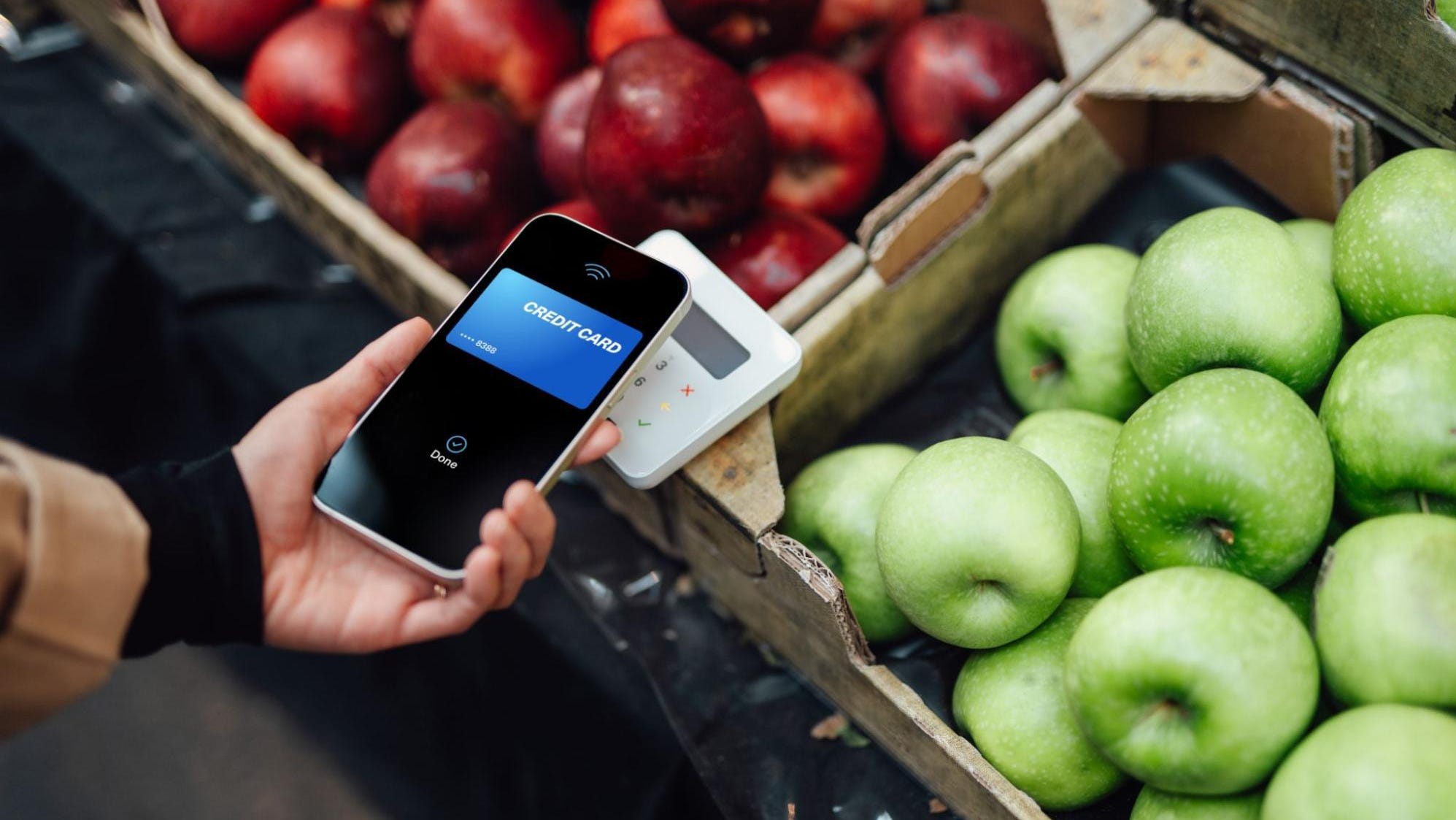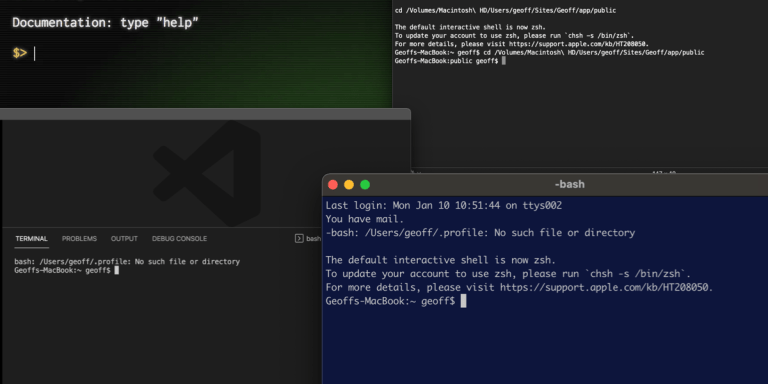
The payments industry has been in a nearly constant state of disruption for the last 20 years. See how cloud is helping payments leaders stay ahead of the competition.
From startups to banks and lenders, the cloud is making all kinds of payments innovation possible.
Google Cloud
This article originally appeared on Transform with Google Cloud.
The first time I ever hailed a car with a ridesharing app, I went from point A to point B and never once had to think about whether I had enough cash or what credit card to use. This magical digital black car service removed the friction of a payment step from the journey, and it was fantastic.
A decade ago, if you wanted to pay for something, you needed cash, a credit card, or even a checkbook (remember those?). Checkout could be a cumbersome experience: fumbling for a wallet, searching for the right card, swiping it, and then waiting for the transaction to clear—all steps that stood between you and the door.
Today, we can text, tap, or swipe to pay. Digital payments are stripping away the need to think about the how of a transaction, allowing customers to buy almost instantly without ever reaching for their wallets. After all, it’s been said for years now that people own more phones than they do toothbrushes.
And herein lies the beauty of the payments industry: It’s constantly transforming to give customers what they want, where and when they need it.
Perhaps this is why so many of the fastest-growing innovators of our time are payment providers and commerce platforms. Paypal. Square/Block. Shopify. Affirm. These companies have become leaders by understanding how and where customers really want to pay in their daily lives and delivering technology solutions that make that possible.
By the same token, leading payment providers recognize that continuing to win also means continuing to disrupt, even if they have to disrupt themselves. What works today may fall short tomorrow—and all payment providers must be able to adapt experiences quickly enough to meet changing customer expectations and behaviors. To take just one example, look at the skyrocketing interest in cryptocurrencies and digital assets, and just how quickly tabs began appearing in select payment apps to purchase or transfer these assets.
Clearly, how digital payments companies set up their technology systems now will play a critical role in whether they continue to prosper.
The payments industry faces a perfect storm
The payments sector has been in a nearly constant state of disruption for the last 20 years. In fact, the only certainty at this point is that disruption is constant—and it’s speeding up.
- Recent Accenture research found that modernizing payments is a $300 billion opportunity—roughly 2.7 trillion cash transactions are predicted to move to cards and digital payments by 2030.
- Digital wallet payments exceeded cash payments for the first time during 2020, according to the FIS 2021 Global Payments Report, and buy-now-pay-later, or BNPL, transaction adoption is expected to double by 2024.
- McKinsey reported that real-time payments soared by 41% during 2020 alone and are expected to play an increasingly important role in the global payments ecosystem.
The changes are everywhere. Digital currencies are becoming more reality than dream, real-time payments and new financing solutions are emerging, and more data standard requirements continue to appear. Beyond cloud computing, technologies like 5G, contactless payments such as NFC, and AI and machine learning are maturing fast. (It’s one reason Google Cloud recently established a digital assets team, to help companies tackle another fast-changing area of finance.)
At the same time, consumer demands are accelerating for convenient, flexible, and seamless payment experiences. Customers don’t want to be forced to fit into traditional payment ecosystems anymore. Understanding who they are, where they are in their journey, and being able to provide the services they need at that point will be the key to building payments models that can adapt over time.
Customer obsession is no longer a branding exercise for financial companies. It’s about creating real value that will make people’s lives better.
Continue reading this article at Transform with Google Cloud.







